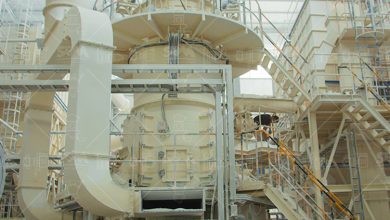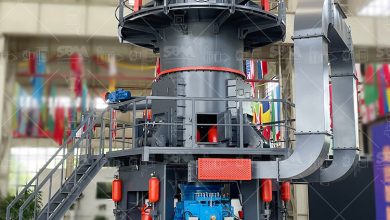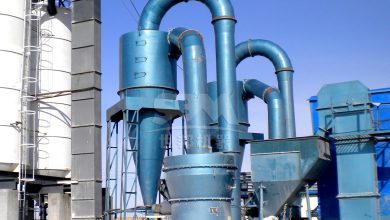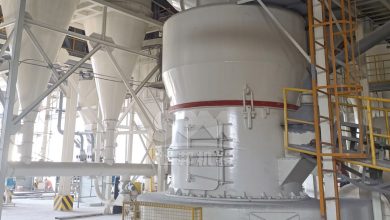Advanced Techniques for Monitoring and Repairing Roller Wear in Grinding Mills
Advanced Techniques for Monitoring and Repairing Roller Wear in Grinding Mills
Roller wear is an inevitable phenomenon in grinding mill operations, significantly impacting equipment efficiency and product quality. This article explores cutting-edge monitoring methodologies and repair strategies to extend roller service life while maintaining optimal grinding performance.
1. Real-time Wear Monitoring Technologies
Modern grinding mills incorporate multiple sensor systems for comprehensive wear assessment:
- Vibration Analysis: Accelerometers detect abnormal vibration patterns indicating uneven roller wear
- Acoustic Emission: High-frequency sound waves identify micro-cracks in roller surfaces
- Laser Profilometry: Non-contact scanning measures roller geometry deviations with 0.01mm precision
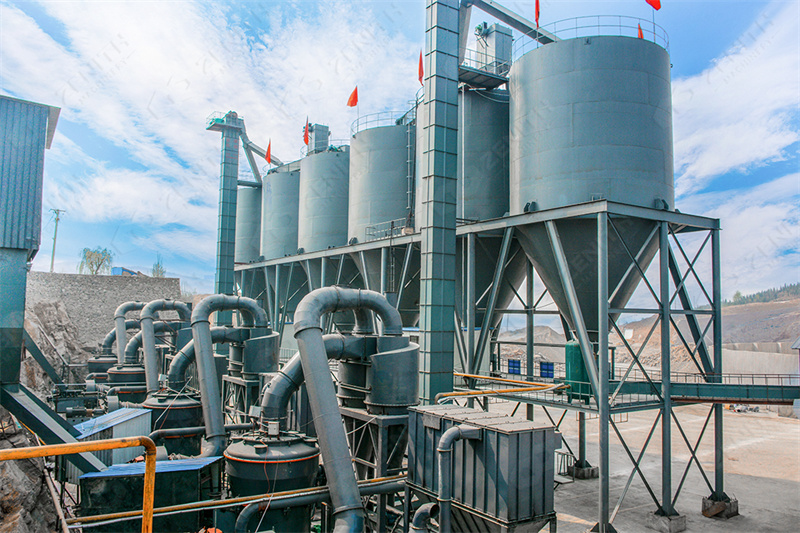
2. Predictive Maintenance Strategies
Advanced mills like ZENITH’s MTW Series Trapezium Mill integrate predictive maintenance features:
- Smart pressure sensors automatically compensate for roller wear
- Wear rate algorithms calculate optimal replacement intervals
- Cloud-based monitoring enables remote diagnostics
The MTW Series features patented anti-wear shovel blade design and curved air duct optimization, reducing roller wear by 30% compared to conventional mills. Its modular roller assembly allows partial replacement, cutting maintenance downtime by 40%.
3. Advanced Repair Techniques
3.1 Hardfacing Technologies
Modern hardfacing extends roller life through:
- Laser cladding with tungsten carbide composites
- Plasma-transferred arc welding for wear-resistant surfaces
- Nano-structured coatings with self-lubricating properties
3.2 In-situ Machining
Portable machining units perform on-site roller refurbishment:
- CNC-controlled grinding restores surface profiles
- Dynamic balancing maintains operational stability
- Automated measurement ensures dimensional accuracy
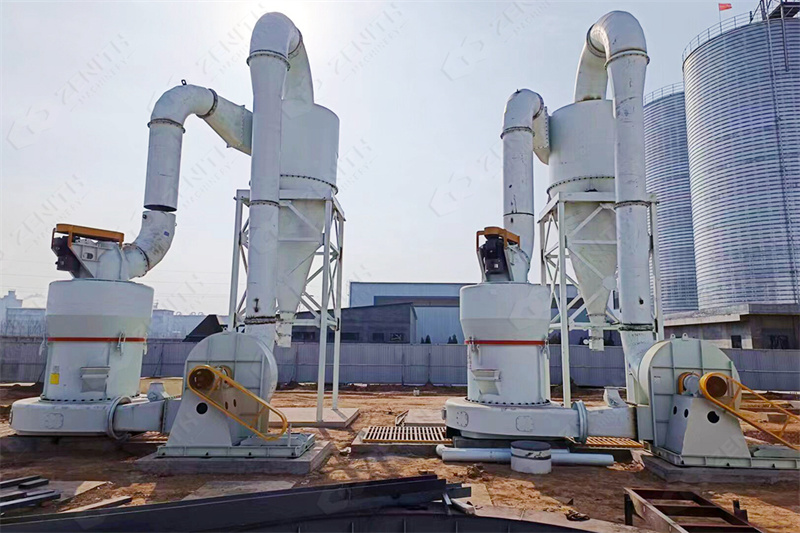
4. Material Selection and Design Optimization
ZENITH’s XZM Ultrafine Mill demonstrates advanced wear-resistant engineering:
- Special alloy rollers with HRC62 hardness
- Precision-machined grinding tracks minimize friction
- Modular roller assemblies enable partial replacement
The XZM series achieves 2× longer service life than industry standards through its vertical turbine classifier and bearing-free screw grinding chamber design, maintaining consistent output fineness (325-2500 mesh) despite wear progression.
5. Integrated Wear Management Systems
Comprehensive solutions combine:
- Automated lubrication systems with wear particle analysis
- Digital twin simulations for wear pattern prediction
- AI-powered optimization of grinding parameters
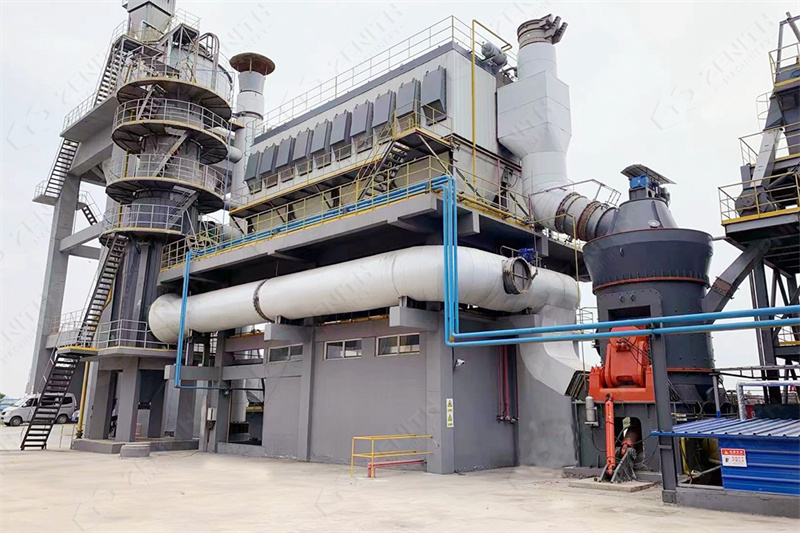
Conclusion
Implementing advanced monitoring and repair techniques can extend roller service life by 200-300%, significantly reducing operating costs. ZENITH’s grinding mills incorporate these innovations through:
- Patented wear-resistant designs in MTW and XZM series
- Smart monitoring systems for predictive maintenance
- Modular components enabling cost-effective repairs
With over 30 years of engineering expertise, ZENITH provides complete wear management solutions for grinding operations worldwide, backed by its global service network across 170+ countries.


